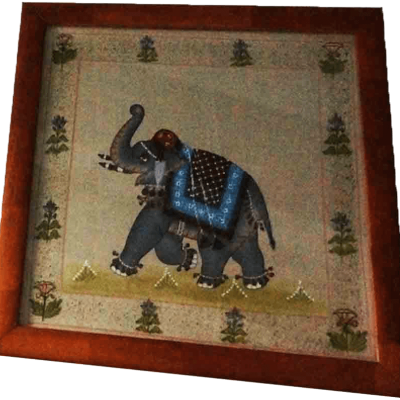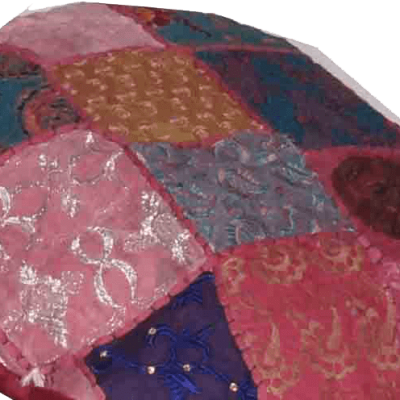Sociocultural and Individual Variations . Determining and Conceptualizing Orientation that is sexual
“Homosexual” had been the standard, medical term utilized to reference individuals whoever erotic, intimate, and affectional tourist attractions had been to folks of the exact same sex. Numerous objections towards the usage of this term originated from lesbians and homosexual males on their own because it had been initially utilized to spell it out a type of psychiatric disorder or psychopathology. Other objections centered on the expression’s identified focus on the component that is sexual of and gay guys’s experiences in isolation off their complex and important areas of their identities. Still other objections dedicated to the sex neutrality for the term as well as its masking associated with distinctions between lesbians’ and homosexual guys’s experiences and problems centered on sex ( Bohan, 1996; Gonsiorek, 1991 ). Since most early psychological and medical studies on sexual orientation dedicated to men, the continued utilization of the term homosexual had been deemed methodologically imprecise with its application to both women and men. When you look hd webcam dildo at the 1990s, LGB intimate orientations or lesbian, homosexual guy, and bisexual guy and woman will be the terms chosen by APA reflected inside their 1994 book requirements ( APA, 1994 ).
The meaning of intimate orientation in Western cultures is dependent clearly regarding the biological intercourse associated with the individual a person is sexually and emotionally interested in ( Ames, 1996; Bohan, 1996 ). In this context, there clearly was an inextricable website link between the sociopolitical definitions of sex and intimate orientation in Western culture ( Ames, 1996; Bohan, 1996; Greene, 1994a, 1996a, 1999; Kashak, 1992; Kitzinger, 1987 ). Intimate attraction to people in one other sex is really a main the main method that being fully a standard guy or girl has become defined in US culture ( Ames, 1996; Bem, 1993; Bohan, 1996; Greene, 1994a, 1994b, 1994c, 1999 ). It’s not astonishing that in this context, lesbians and men that are gay assumed to want to be people in one other intercourse or are seen as faulty types of unique intercourse.
Bohan (1996) covers the degree to which specific assumptions that are questionable intimate orientation are embedded in mental theories and paradigms which are additionally a function of societal gender and intercourse functions.
Lesbian or homosexual orientation that is sexual thought to involve cross gender behavior, with all the presumption that sex functions are and really should be inextricably associated with and defined by an individual’s biological intercourse. Bohan (1996) product reviews a range of studies and scales within the mental literary works that act as pictures of the presumptions. The initial scale that is psychological to determine masculinity and femininity assumed that lesbians and homosexual guys will have M F ratings that differed from their biological intercourse. M F ratings assess the degree to which an individual’s behavior is in line with that of male vs. female gender roles. The presumption is an individual’s behavior and therefore their score must certanly be in line with their biological sex. Consequently, a simple assumption associated with the scale was that adherence to intercourse role stereotypes defined heterosexual orientation that is sexual. Departures from those stereotypes marked an individual lesbian or homosexual. Most of these presumptions are commonplace among lay people in addition to psychological state experts. They truly are a lot more of a representation of just what culture values and desires individuals to be as opposed to a reflection that is accurate way of measuring who they really are. The presence of homosexuality or the potential for its development was presumed ( Bohan, 1996; Haumann, 1995; Parker & DeCecco, 1995 ) in other studies, when animal or human behavior was not consistent with traditional gender role stereotyped behavior. The latter is mirrored within the presumption that kids who act in gender ways that are atypical be lesbian or homosexual.
There is certainly some proof to recommend a connection between extreme sex atypical behavior and later on homosexual sexual orientation in males. It doesn’t, nonetheless, give an explanation for development of lesbian intimate orientation in females, nor does it give an explanation for existence of heterosexual intimate orientations in grownups whom were gender atypical kiddies ( Bohan, 1996 ). Another presumption associated with the latter is expressed within the belief that if you’re in a position to inhibit gender atypical behavior in kids you certainly will prevent them from becoming lesbian or homosexual. Needless to say there’s no proof to aid this belief. Many of these assumptions highlight the nature that is contextual of orientation as a notion. Sex and intercourse part behaviors and objectives vary across cultures and differ in the long run inside the exact same tradition. The concept of sexual orientation would vary as well because of these variations. Nevertheless, the ethnocentric nature of US mental studies have obscured important variations in sex and intercourse part objectives across countries plus in achieving this has also obscured the end result of these distinctions in the mental conceptualization of human being intimate orientation.





